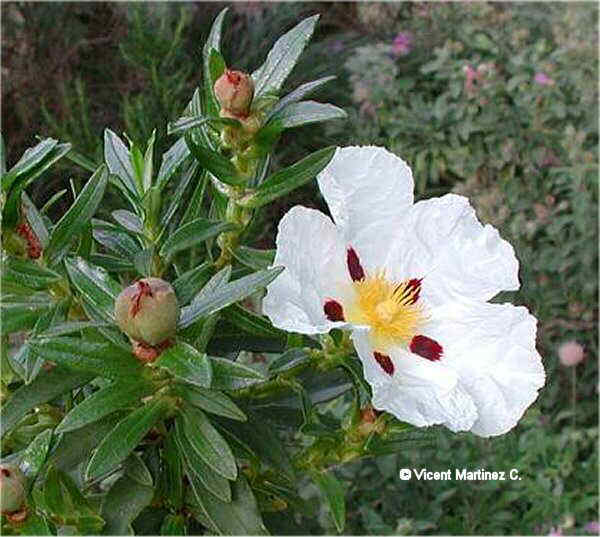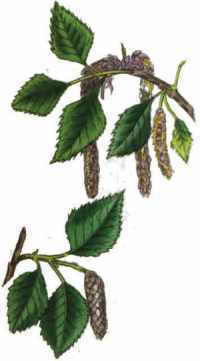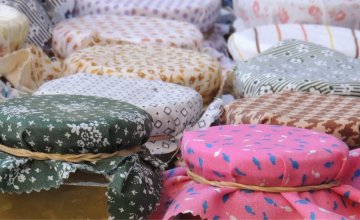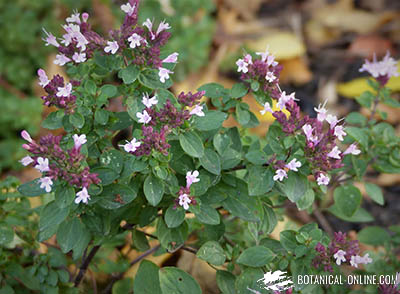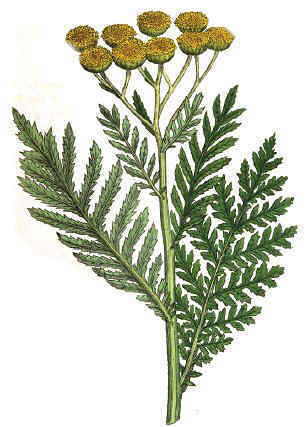Contents
How to apply rosehip oil
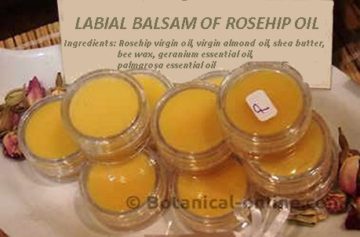 Rosehip oil can be used pure, with a few drops of oil on the affected area and performing a gentle massage for a few minutes, until completely absorbed. It is usually applied at night or depending on the condition, it can be applied several times a day.
Rosehip oil can be used pure, with a few drops of oil on the affected area and performing a gentle massage for a few minutes, until completely absorbed. It is usually applied at night or depending on the condition, it can be applied several times a day.
In cosmetic creams it is used in concentrations of 10 to 25%, with the highest proportions being more nutritious creams. These creams can be prepared at home or bought in trusted stores.
Tips for using rosehip oil
- Oil obtained by cold pressure is always recommended, which preserves all its components and properties. The oils obtained by cold pressure contain 700% more tretinoin or trans-retinoic acid (skin regenerating active ingredient) than those extracted with solvents and other methods.
- Its regenerative effect is more potent if combined with a few drops of other essential oils, for example bergamot, ylang ylang, lavender or lemon.
- Oils also have very potent healing properties, favor circulation and regeneration of the skin. So that they are not irritating, you have to apply only a drop or two per dose.
How long to apply rosehip oil to erase scars?
Continued use, for 1 to 4 months, manages to repair skin tissues, improve wound healing and ulcers and reduce scars. In aesthetic medicine it is used to accelerate the healing of the skin
Skin care should be applied daily to be effective, along with trying to follow a proper diet for the skin and avoid damaging factors, such as tobacco or excessive sun exposure.
Because of its tretinoin content, rosehip oil obtained by cold pressure is suitable for oily skin with an acneic tendency. It helps prevent acne and reduce pimples, reduces inflammation and improves healing. However, it leaves fatty residue, so it is recommended to apply at night and clean the face in the morning with a cleansing milk. Accompany this with a suitable diet for acne.
It is recommended to buy cosmetics that guarantee that the cream has been made with cold extraction oil, which is the one that retains the most regenerating properties of rosehip.
![]() More information on rose oil
More information on rose oil

